Through the generous support of the Institute of Museum and Library Services (IMLS), the Albright-Knox Art Gallery has begun a two-year project that will make information about the museum’s Collection more accessible to staff, visitors, and researchers. This project is being undertaken by a team of two art catalogers—Katie DeMarsh and Gabriela Zoller—in the Gallery’s Research Resources Department.
Prior to the project, each of the more than 6,000 works in the collection had a record in the museum’s collections database that included basic information about its creator, title, date made, measurements, and materials. Now, these fundamental records are being enriched with material culled from a number of sources, including a work’s documentation file—which consists of all paperwork, correspondence, loan request forms, condition reports, etc., related to the object—as well as exhibition catalogues, catalogue raisonnés, artist’s files, and other resources held by the Library. As each record is enhanced, the information is entered in a systematic way that will enable complex and rich searching of the collection.
Frequently, the museum's files contain unique material specific to an artwork. Once we add this information to our database, it can be accessed and used in ways that were not previously possible. For example, the documentation file for Hotel Lobby, 1950, by Max Beckmann, contains a letter dated December 8, 1950, from the artist to an Albright-Knox curator. In it, Beckmann explains that part of his inspiration for the painting was drawn from observing people passing through the lobby of the Plaza Hotel, a place he frequented when he lived in New York. The full text of this letter has been transcribed in the catalogue record and is now easily accessible to database users. To further enhance the record and promote access to it, specific information contained within the letter has also been indexed in searchable fields. For instance, because Beckmann noted that Hotel Lobby was one of the first paintings he created in New York, a link has been made between “New York,” the place of creation, and the artwork. Users will now be able to retrieve the record for this painting when searching for works related to New York.
Often the information discovered and made accessible in the database tells us not only about the artwork, but about the people and collecting practices behind the Albright-Knox’s outstanding collection. The file for Vincent van Gogh’s La Maison de la Crau (The Old Mill), 1888, for instance, contains correspondence between A. Conger Goodyear, one of the Albright-Knox’s most important donors, and Guillaume Le Rolle, documenting how the two worked together to “play dumb” and secure the painting for Goodyear at a lower price than that initially asked by the seller, Bernheim-Jeune & Cie. Not only does this correspondence help establish provenance for the work—information that was not previously available in the database—but it brings to life the intriguing story behind this painting and the collector who brought it here.Not only is the cataloguing project making established information about an artwork available electronically, in many cases, it is bringing to light connections among artworks, people, and events that have only become visible now that the various pieces of information are linked in a database. The documentation file for Fernand Léger’s Le Village dans la forêt (Village in the Forest), 1914, for instance, contains an envelope of labels removed from the back of the painting that indicate that the work had been in two exhibitions previously not recorded as part of its exhibition history. In another case, the process of building exhibition histories in the database highlighted the fact that three of the Gallery’s early twentieth-century paintings—Giacomo Balla’s Dinamismo di un Cane al Guinzaglio (Dynamism of a Dog on a Leash), 1912; Robert Delaunay’s Soleil, Tour, Aéroplane (Sun, Tower, Airplane), 1913; and Franz Marc’s Die Wölfe (Balkankrieg) [The Wolves (Balkan War)], 1913—were all exhibited at the Sturm Gallery in Berlin for the Erster Deutscher Herbstsalon in 1913, more than fifty years before they were reunited as part of our Collection.
Previously, details like these were only accessible through in-person research on a particular artwork, requiring the use of many different sources. Through taking the information found in isolated sources and storing it electronically in the database, the cataloging project will greatly enrich the records for each work in our collection. More importantly, the links and connections created throughout the cataloguing process will give museum staff and visitors greater access to the collection and the stories it tells.

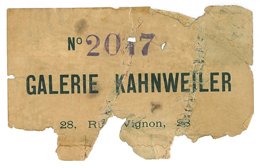

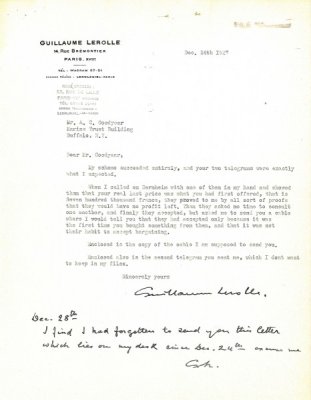
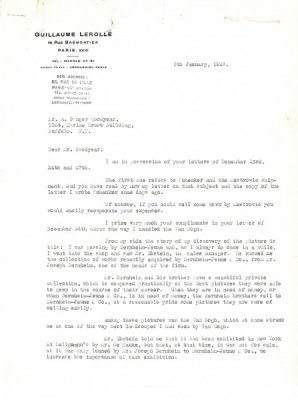



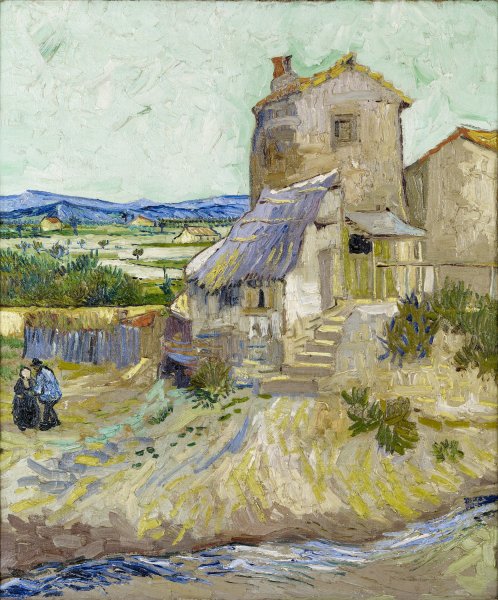
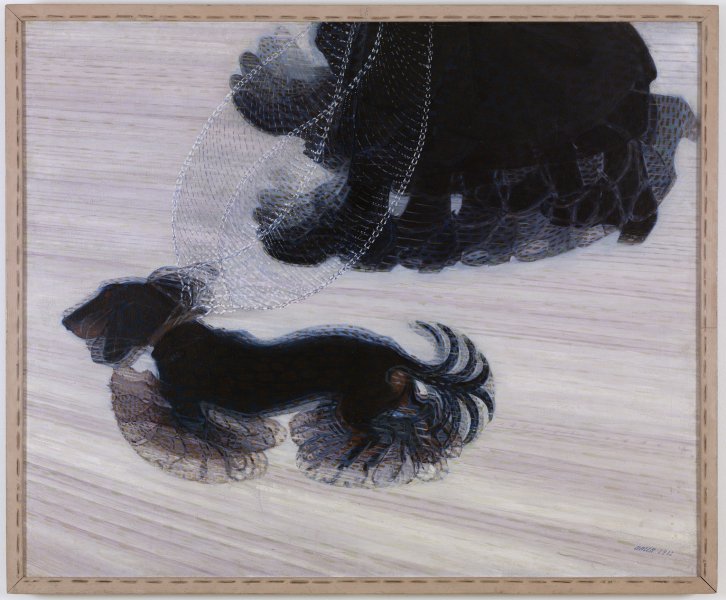
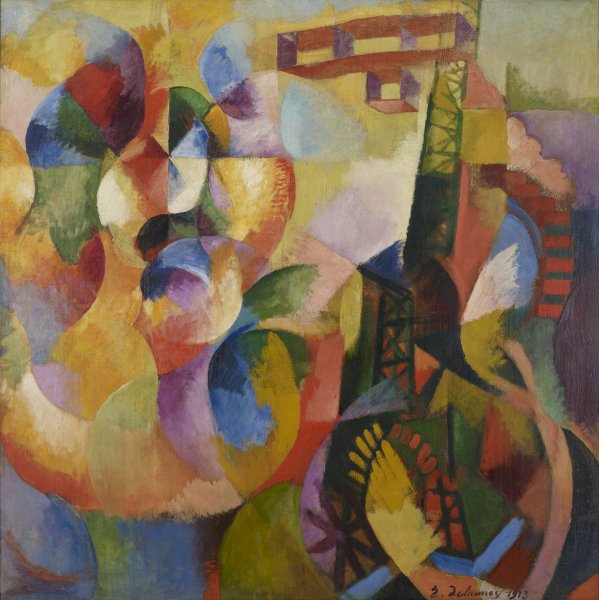
![Die Wölfe (Balkankrieg) [The Wolves (Balkan War)]](/sites/default/files/styles/callout_fixed_height/public/artwork/1951_001_o2.jpg?itok=yohEmWsS)